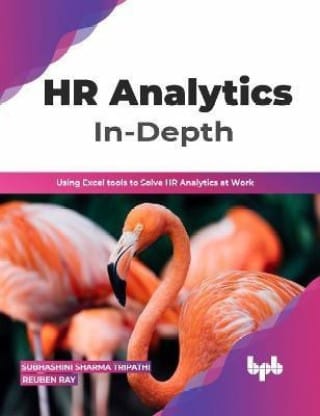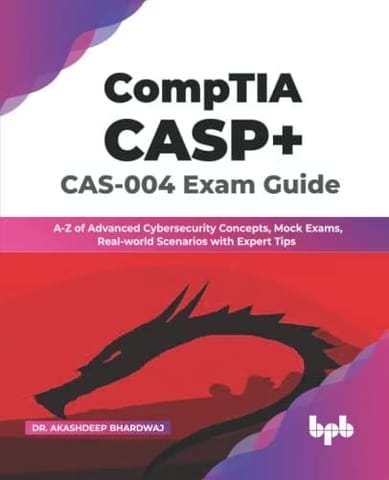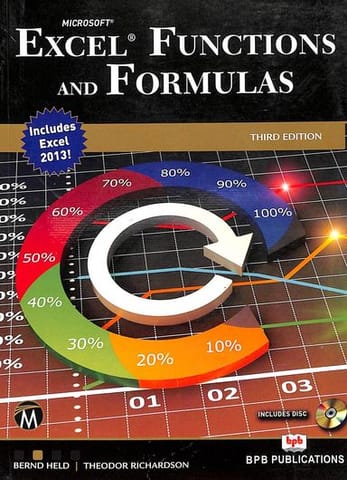The text is targeted at individuals with a sound quantitative understanding of remote sensing who need an introduction to polarimetry signals as they relate to remote sensing. It includes a brief review of the polarized nature of electromagnetic energy and radiometry and introduces ways to characterize a beam of polarized energy (Stokes vectors) and polarized energy matter interactions (Mueller matrices). The polarized bidirectional reflectance distribution function (pBRDF) is introduced as a way to characterize the reflective and emissive polarimetry behaviour of materials. This allows forthe development of a governing equation for radiometric propagation of polarimetry energy, including atmospheric sources and losses. Methods for polarimetry image formation, processing and display are also introduced. To help with understanding end-to-end polarimetry systems, methods for modelling and simulation of both reflective and emissive polarimetry image formation of synthetic scenes are introduced. The goal is to provide the reader with an introduction to the topic, an appreciation of the issues and the tools needed to begin working in this field. 9788122428346-
- Home
- Computer Technology
- Operating Systems
- Fundamentals of Polarimetric Remote Sensing
Fundamentals of Polarimetric Remote Sensing
Author: Schott, John R.
Brand: New Age International Pvt. Ltd
| VARIANT | SELLER | PRICE | QUANTITY |
|---|
Description of product
The text is targeted at individuals with a sound quantitative understanding of remote sensing who need an introduction to polarimetry signals as they relate to remote sensing. It includes a brief review of the polarized nature of electromagnetic energy and radiometry and introduces ways to characterize a beam of polarized energy (Stokes vectors) and polarized energy matter interactions (Mueller matrices). The polarized bidirectional reflectance distribution function (pBRDF) is introduced as a way to characterize the reflective and emissive polarimetry behaviour of materials. This allows forthe development of a governing equation for radiometric propagation of polarimetry energy, including atmospheric sources and losses. Methods for polarimetry image formation, processing and display are also introduced. To help with understanding end-to-end polarimetry systems, methods for modelling and simulation of both reflective and emissive polarimetry image formation of synthetic scenes are introduced. The goal is to provide the reader with an introduction to the topic, an appreciation of the issues and the tools needed to begin working in this field.
Renting Guidelines
Specification of Products
| Brand | New Age International Pvt. Ltd |
Related products
User reviews
INFORMATION
ADDRESS
Trubrain Education India Pvt Ltd"VV Square"building, Plot.No.TS 710/1b1 & 2B1, CMC Ward No 18, Moka road, Gandhinagar, Ballari-583 101.
Bellari
Karnataka - 583101
IN
Welcome to our online bookstore, the ultimate destination for book lovers, stationery enthusiasts, and curious minds of all ages. With our extensive selection of books, including bestsellers, new releases, and used books, as well as a range of stationary, toys, and reading accessories, we have everything you need to ignite your imagination and satisfy your curiosity.
Whether you're looking for an exciting sci-fi novel, an inspiring biography, or a fun activity book for your kids, our online bookstore has it all. We offer a wide variety of genres, including fiction, non-fiction, children's books, and educational books, so you're sure to find something that sparks your interest.
In addition to traditional books, we also offer e-books for those who prefer to read on their electronic devices. And if you're looking for a more sustainable option, our used books section offers pre-owned books in great condition, helping to reduce waste and save money.
To complement our extensive book selection, we also offer a range of high-quality stationery, including art supplies, pens and pencils, notebooks, and journals. Whether you're an aspiring artist, a student, or a professional, we have everything you need to unleash your creativity and get organized.
And for those who prefer to rent rather than purchase, our book rental service allows you to enjoy your favorite books for a limited time at an affordable price.
At our online bookstore, we're committed to providing our customers with the best possible shopping experience. Our user-friendly website makes it easy to find and purchase your favorite books and stationery items, and our fast and reliable shipping ensures that your products are delivered to your doorstep in no time.
So whether you're a seasoned reader, a curious learner, or a parent looking for educational resources for your kids, we invite you to explore our selection and discover a world of endless possibilities. Shop with us today and experience the joy of reading and learning.













